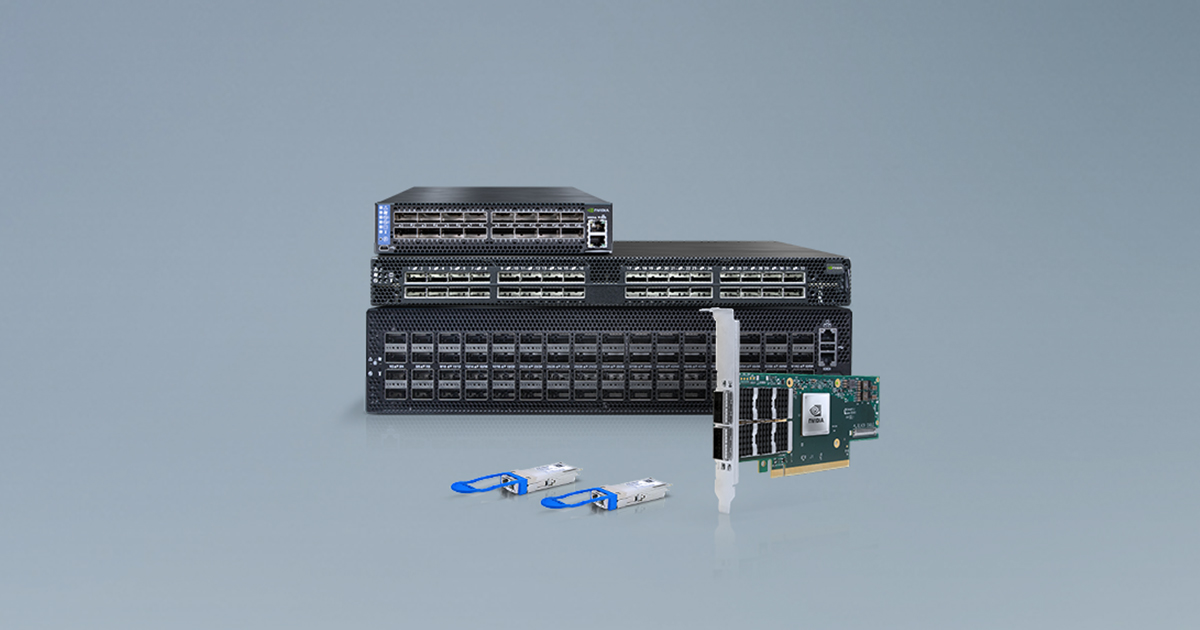Hello,
My company wanted to purchase a NIC with dual 100 GbE ports utilizing QSFP28 that must work with Windows 11 Pro.
From what I can see, Nvidia's Mellanox ConnectX-5 cards seem to meet my company's criteria.
However, the card that I was initially planning to purchase : MCX516A-CDAT

 store.nvidia.com
store.nvidia.com
...is completely out of stock (and won't be in stock for months).
Whereas the following card (which seems similar) : MCX556A-EDAT

 store.nvidia.com
store.nvidia.com
...is currently in stock.
That said, what are the major differences between the two cards, as it looks like the EDAT, which supports VPI, should work with both Ethernet and Infiniband.
Whereas the CDAT, only works with Ethernet (plus uses on PCIe 3.0 x16).
It seems like the EDAT offers more functionality/throughput, for the same price, but I'm worried that I'm missing something (as Nvidia would never offer more functionality for the same price 😉 ).
Thank you,
Nelson
My company wanted to purchase a NIC with dual 100 GbE ports utilizing QSFP28 that must work with Windows 11 Pro.
From what I can see, Nvidia's Mellanox ConnectX-5 cards seem to meet my company's criteria.
However, the card that I was initially planning to purchase : MCX516A-CDAT

NVIDIA Mellanox: End-to-End Interconnect Networking Solutions
The leading supplier of end-to-end Ethernet and InfiniBand intelligent interconnect solutions and services.
...is completely out of stock (and won't be in stock for months).
Whereas the following card (which seems similar) : MCX556A-EDAT

NVIDIA Mellanox: End-to-End Interconnect Networking Solutions
The leading supplier of end-to-end Ethernet and InfiniBand intelligent interconnect solutions and services.
...is currently in stock.
That said, what are the major differences between the two cards, as it looks like the EDAT, which supports VPI, should work with both Ethernet and Infiniband.
Whereas the CDAT, only works with Ethernet (plus uses on PCIe 3.0 x16).
It seems like the EDAT offers more functionality/throughput, for the same price, but I'm worried that I'm missing something (as Nvidia would never offer more functionality for the same price 😉 ).
Thank you,
Nelson

